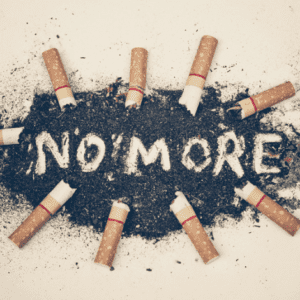
Alcohol is ingested in the form of a drink, such as beer or brandy, which passes through the digestive tract and into the small intestine. Once it’s absorbed, alcohol enters the body through the bloodstream.
Alcohol-rich blood sustains brain cells by generating a metabolic imbalance. This leads to the symptoms everyone recognises.
Alcohol ends up in the liver due to its breakdown into smaller molecules in the bloodstream. This process results in the storage of fat cells in the body.
Alcoholism has many consequences.
In the long term, signs of decreased mental function will appear as brain cell deterioration causes insomnia, difficulties with memory and reasoning.
The liver cells degenerate into fatty dead spots through a process known as stenosis. This leads to the development of “cirrhosis” if not stopped, which can lead to death very soon afterward.
Both the brain and the liver are vital organs that cause many problems when impaired.
To address alcoholism in the workplace, we suggest making specific workplace recommendations.
Alcohol adversely affects work performance when someone is drunk. Taking a cold shower and drinking coffee afterwards doesn’t help with alcohol’s effects. Accidentally hurting someone while drunk or causing an accident while impaired are other possible outcomes.
Avoid drinking hard liquor during the weekends. Also, don’t drink too much.
Be careful when participating in Carnival. Alcohol and the AIDS virus are risky to interact with; it can cause death. Additionally, be cautious with risky behaviors such as drug use and unprotected sex.
Too much alcohol can damage the liver and the brain.
Why it’s important to work safely.
Understanding the Basic Types of Fall Protection.
Alcohol at work must be legally prohibited.
Before starting a new job, employees should understand their company’s safety talk format.
This content is only intended to be a theoretical front. All safety talks must be generic and easily customizable for the company’s safety, environment, and health professionals or sector leaders. Using Safety Talks is a required task only performed by the person conducting the conversation!
Discussing safety issues in the Safety Toolbox increases its effectiveness.
Safety Toolbox Talk: Five Reasons to Work Safely
Safety Toolbox Talk: Fall Protection — Basic Types




0 Comentários